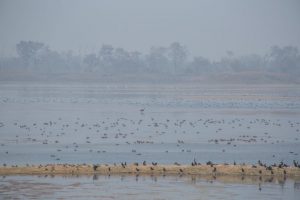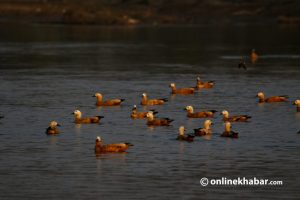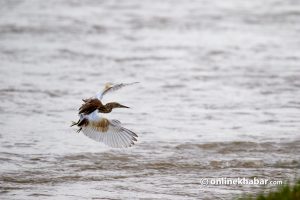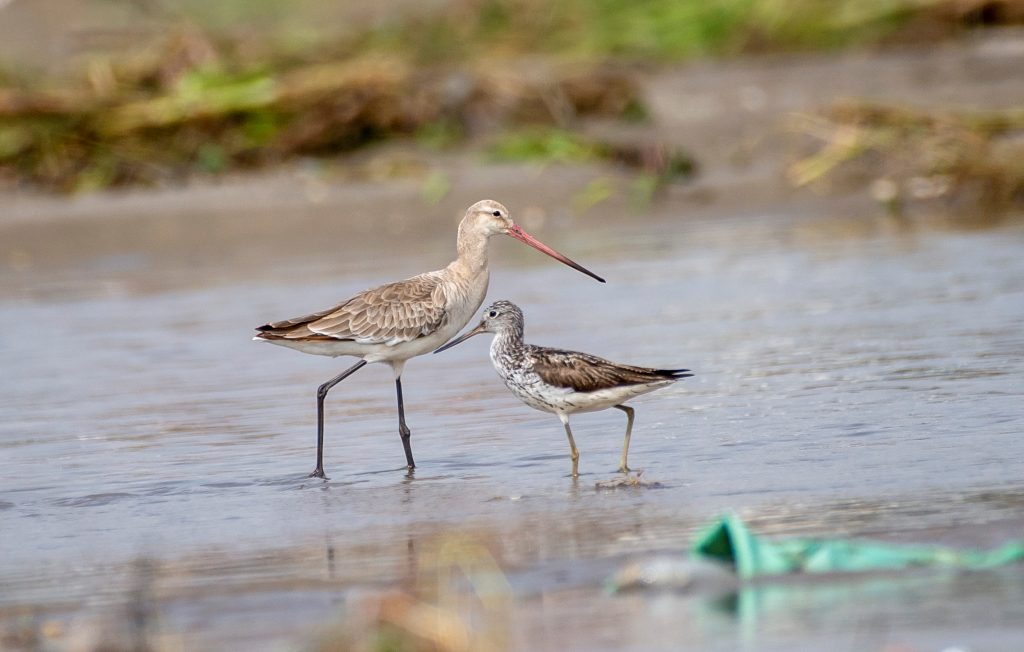
Nepal, despite being a small country, has a wide range of flora and fauna due to suitable climate and temperature. Reportedly, 886 species of birds are found in Nepal and most of them are winter visitors (migratory birds), which means they stay in Nepal for a certain season only.
Among the overall migratory species, around 150 winter migrants spend the winter in Nepal, primarily in wetlands throughout the Terai, since the majority of them are wetland-reliant. They are mostly waterfowl, but eagles, storks, and cranes fly down from Mongolia and Siberia as well. The majority of winter migratory birds arrive in Nepal from the north, whereas the majority of summer migratory birds arrive from the south.
Nepal, indeed, has become a paradise of migratory birds. However, as the areas of wetlands in Nepal are shrinking and facing a lot of challenges due to several factors, the status is at risk. All stakeholders need to make sincere efforts to prevent this.
Bird migration: Some basics

Bird migration is the periodic seasonal movement of birds between breeding and wintering areas, usually north and south along a flyway, and is an important cycle of life for most migratory bird species. Many migration patterns are triggered by food scarcity, breeding, shorter daylight hours, and increased cold.
Bird migration is a normal occurrence among birds, but how it happens is a broader subject that has aroused the interest of many ornithologists. It is difficult to generalise about migration orientation and navigation methods and various theories like Earth’s magnetic field, and the position of the sun, guided by stars have been proposed.
Many migratory birds fly very long distances without stopping over and recently a satellite-tagged juvenile bar-tailed godwit flew from Alaska to Australia covering a distance of 13,560 km without stopping, which is really fascinating. Similarly, bar-headed geese tagged by satellite gave data on their migration from India across western Nepal to lakes in Tibet at altitudes above 7,000m, using the westerly jet stream to push them over the Himalayan mountains.
Birds do not migrate at random; instead, they follow predetermined paths that include adequate habitats where they may rest and recharge along the way. Different species travel over generally similar paths, which have been loosely classified as eight primary flyways which are like superhighways in the sky. Nepal is located on the Central Asian Flyway, which links northern Asia to southern Asia and the Middle East. Many migratory birds use this flyway in the winter season.
Growing threats in Nepal
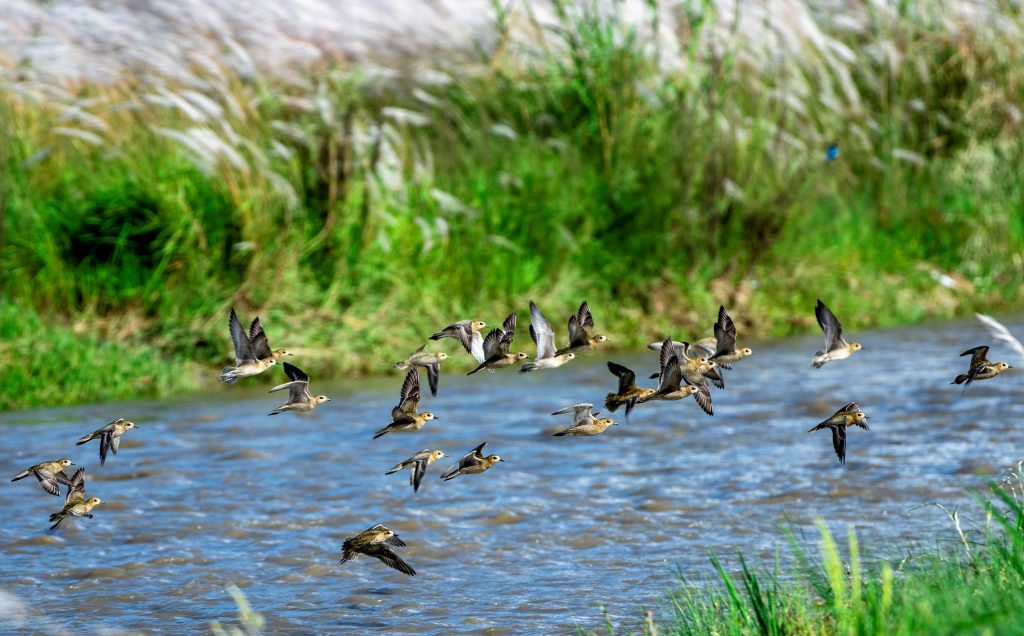
Nepal includes over 200 wetlands, which are frequently regarded as the most productive ecosystems in the world (almost 5% of the country’s total area), and 10 Ramsar sites, which are wetlands of international importance. Many migratory species find adequate habitats and feeding grounds in Nepal’s wetlands.
The Ghodaghodi Bird Sanctuary was the first site dedicated to migratory birds coming to Nepal, followed by the Jagdispur Bird Sanctuary. Its conversion to a bird sanctuary is playing an essential role in its protection and the preservation of significant habitat. Such wetlands, marshes, agricultural fields, and woodlands provide a broad range of habitats, roosting cover, and feeding grounds for many migrating birds, making Nepal a paradise for birds.
Many migratory bird species settle in Nepal’s diverse geographical areas, and birds that settle inside the protected area network are protected. However, many forests, marshes, and rangelands exist beyond these networks. As a result, many migrants face a variety of challenges outside the protected region, including habitat degradation, wetland draining, poaching, habitat alteration, and collisions with power lines. Problems like these have caused a reduction in the number of migratory birds as it is decreasing rapidly every year.
Climate change is also a key component causing the disturbance in bird migration. Migrating birds face a variety of challenges, which can be mitigated by maintaining their habitat, raising awareness, establishing ecotourism tied to bird migration cycles, migratory bird conservation education programmes, and powerline collision prevention techniques.




